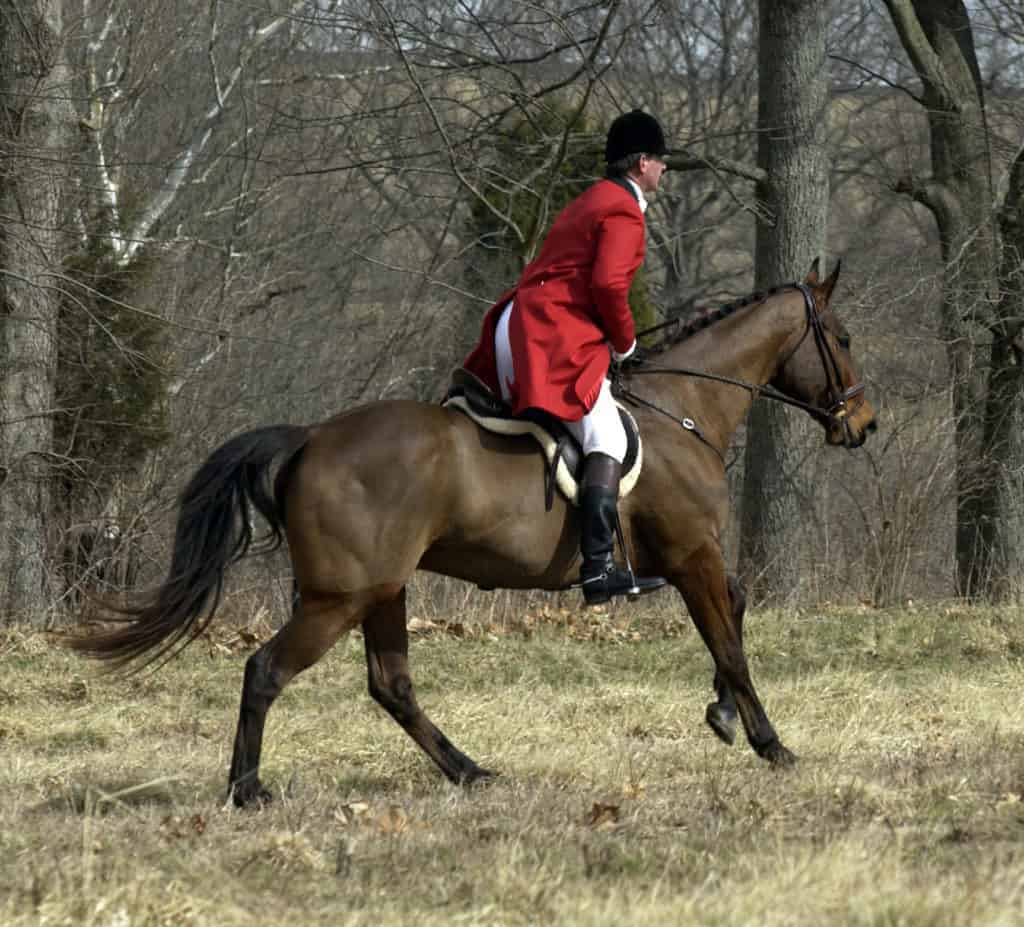
Rood & Riddle, Alltech Sport Horse Symposium, Nov. 1
Chris Newton, DVM, and Scott Morrison, DVM, will present lectures related to sport horse health.

Chris Newton, DVM, and Scott Morrison, DVM, will present lectures related to sport horse health.

Neurologic signs, weakness, gait changes, and forelimb lameness can all point to an equine neck condition.

“If horses start showing they need a rest, you need to give it to them or they will force you to,” he said.

A recent study shows that antioxidant levels appear to be challenged during the competition.
All horses racing at Oaklawn Park in 2013 will likely will undergo a pre-race examination.

Clipped horses achieved faster post-exercise recovery than unclipped horses when working in cold temperatures.

Numerous factors go into selecting the appropriate surgical procedure to treat equine roaring.

In order for a horse to reach his athletic potential, his cardiorespiratory system must function properly.

Researchers tested electromyography for identifying equine muscle fatigue during exercise.

Nearly 50% of high-performance barrel racers evaluated showed radiographic changes in their fetlock joints.
Three horse health and welfare studies will be carried out during this year’s Tevis Cup endurance ride.

Understanding equine acute rhabdomyolysis can help ensure affected horses receive appropriate veterinary care.

Athletic horses exposed to airborne particles could experience enough mucus buildup to limit performance.

Elite endurance horses had fewer cardiac abnormalities and different cardiac dimensions than non-elite horses.

Three veterinarians who reviewed the colt’s treatment regimen found nothing out of the ordinary.

Muscular causes of poor performance, such as tying up and back pain, are relatively common in equine athletes.
Stay on top of the most recent Horse Health news with
"*" indicates required fields